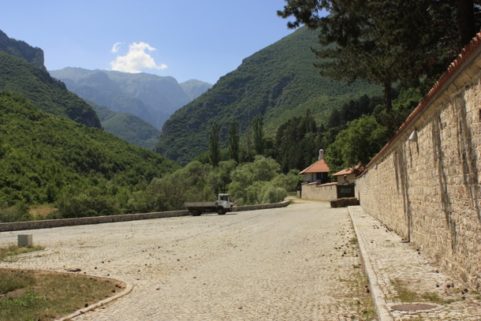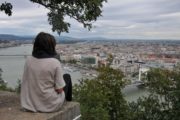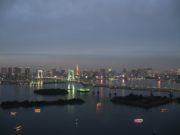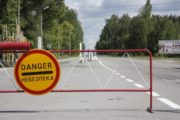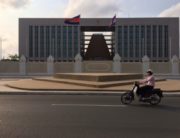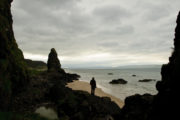Drive Kosovo a rugged tourist free land of transcendent beauty

Rugova Gorge outside the walls of the Patrijarsija Monastery – Kosovo
When I first arrived in Prestina I wasn’t sure if I would be able to see more of Kosovo, since I only had a couple of days in the country. Luckily, my friends and I were able to organize a taxi for a day through our hostel, and for 60 € our driver Ben toured us around.
Our plan was to visit three destinations around Peja on the western side of the country. The first was Patrijarsija Monastery, followed by Rugova Gorge, and finally Decani Monastery.
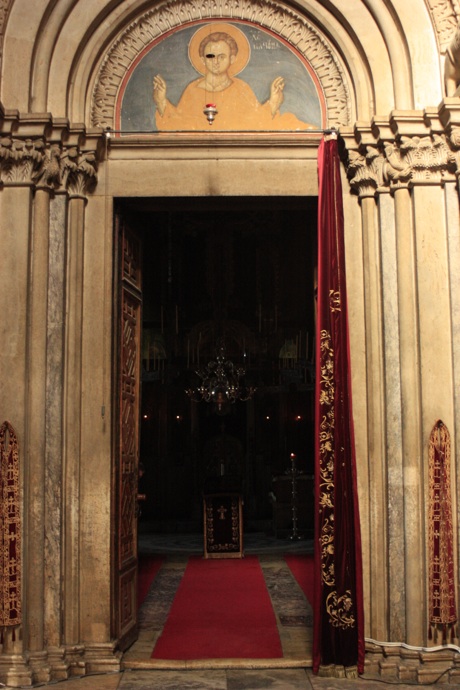
Inside Decani Monastery-Kosovo
Before we started, our driver took us for a lunch stop to eat the best borak in Prestina. Borak is a famous dish made of light flakey pastry and layered with ground meat. The meal is best served with plain yogurt that you drink out of a plastic container and I wasn’t surprised to find it absolutely delicious, not to mention the fact that the entire meal cost around 2€; awesome!
After lunch and a short tour of Prestina, the capital of Kosovo, we headed out to explore the rest of the country. I saw the first real scars from the war that ravaged Kosovo in the 1990s when I arrived at Patrijarsija Monastery. It was here that I had to sign in with Serbian UN troops in order to visit the monastery.
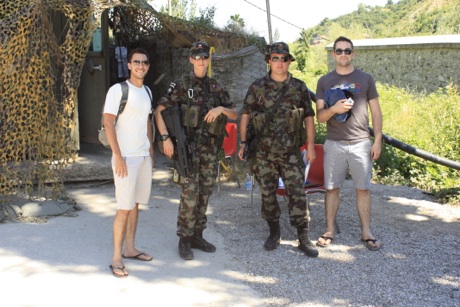
Serbian UN soldiers protecting the Patrijarsija Monastery – Kosovo
The reason the two UN soldiers were stationed outside the monastery was to protect it from vandalism as these ancient monasteries, dating back more than 600 years, have occasionally been threatened by religious extremists.
Unfortunately, the reason for these threats to monasteries in Kosovo stems from a small number of Muslim extremists. Kosovo itself has a large Muslim population similar to that of its neighbour Albania. Whereas once it was part of Serbia, a predominately Christian country and the reason the monasteries are present, these monasteries are now threatened by a select few who do not represent the majority of Kosovars.
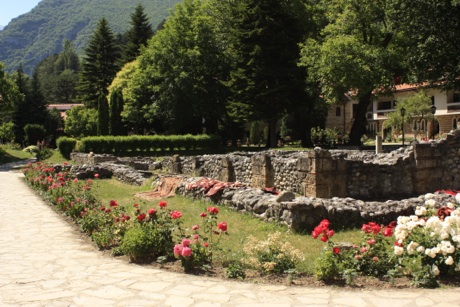
Patrijarsija Monastery-Kosovo
Once inside the walls of the Monastery the outside world melted away and the beauty and tranquility of its gardens were all that I could think about. Inside the Monastery I met a woman who was part of a team of six archeology students working to restore the frescoes that cover the inside of the church (no pics allowed).
She kindly toured us around, answered questions, and described some of the paintings of saints that adorned the walls. After our little tour we checked out the guest log where I discovered there weren’t many tourists visiting these ancient places. It was a shame more people weren’t visiting Kosovo, a result of the recent conflict, leaving the beauty of this country still to be discovered.
A drive through the Rugova Gorge was next on our list and it was truly impressive. Our driver Ben wound his way along the narrow mountain roads as we took in the thousand-meter limestone cliffs that lined the Decani River.
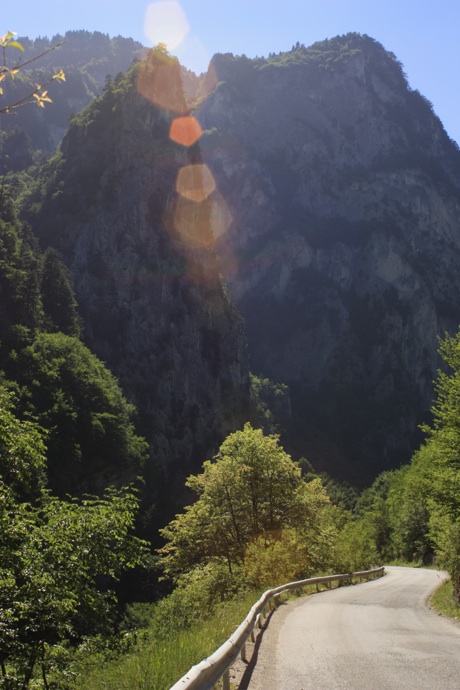
Breathtaking Rugova Gorge (not sure how our driver managed these roads) – Kosovo
The drive took us far into the gorge and we ended up at a small ski town where we discovered we had already passed the waterfall, our intended destination. For us the drive was so scenic and relaxing that we didn’t mind.
We ended our day trip at our final destination, Decani Monastery, which was protected by Italian UN troops. This was another wonderful stop, and as a UNESCO world heritage site it was one of the places I wanted to see. The lush green lawns once again brought me away from the realities of the outside world. Inside the church, known for its acoustics, were frescoes dating back several hundred years and once again no tourists.

Decani Monastery – Kosovo
After touring the church and its grounds we went to the small gift shop to taste some cheese and take a look at the wine, its recipe dating back 700 years and made on-site from grapes grown outside the monastery walls.
It was there I met one of the monks who lived and worked at the monastery. He gave some insight on the threats of attacks on the monastery, telling me that a small portion of the Muslim population is unhappy with the monastery. Often, people try to graffiti the walls or throw stones at the monastery, but it’s still open to everyone and that’s the extent of the vandalism. Still, Italian UN peacekeepers are there to protect it.
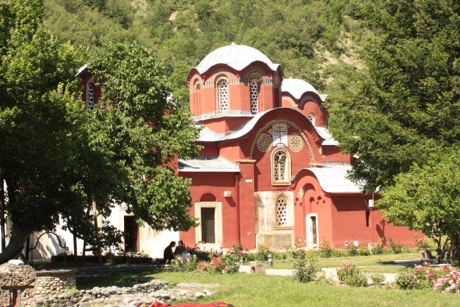
Patrijarsija Monastery -Kosovo
The driving tour from Prestina to Peja was a great way to see the region and it was made better by the fact that I got to share it with a couple friends. It was nice to be in a place where the unexpected filled beauty of this country filled the day.
For me the highlights were learning about the people, history, politics, and culture of Kosovo. Moreover, since tourism is not big in Kosovo, I got the sensation of real travel in a unique place that was safe and unique.
I hope you too will break down travel stereotypes and visit countries that are off the tourist trail to discover the beauty of borderless travel!
So until next time, happy travels!
Yak

